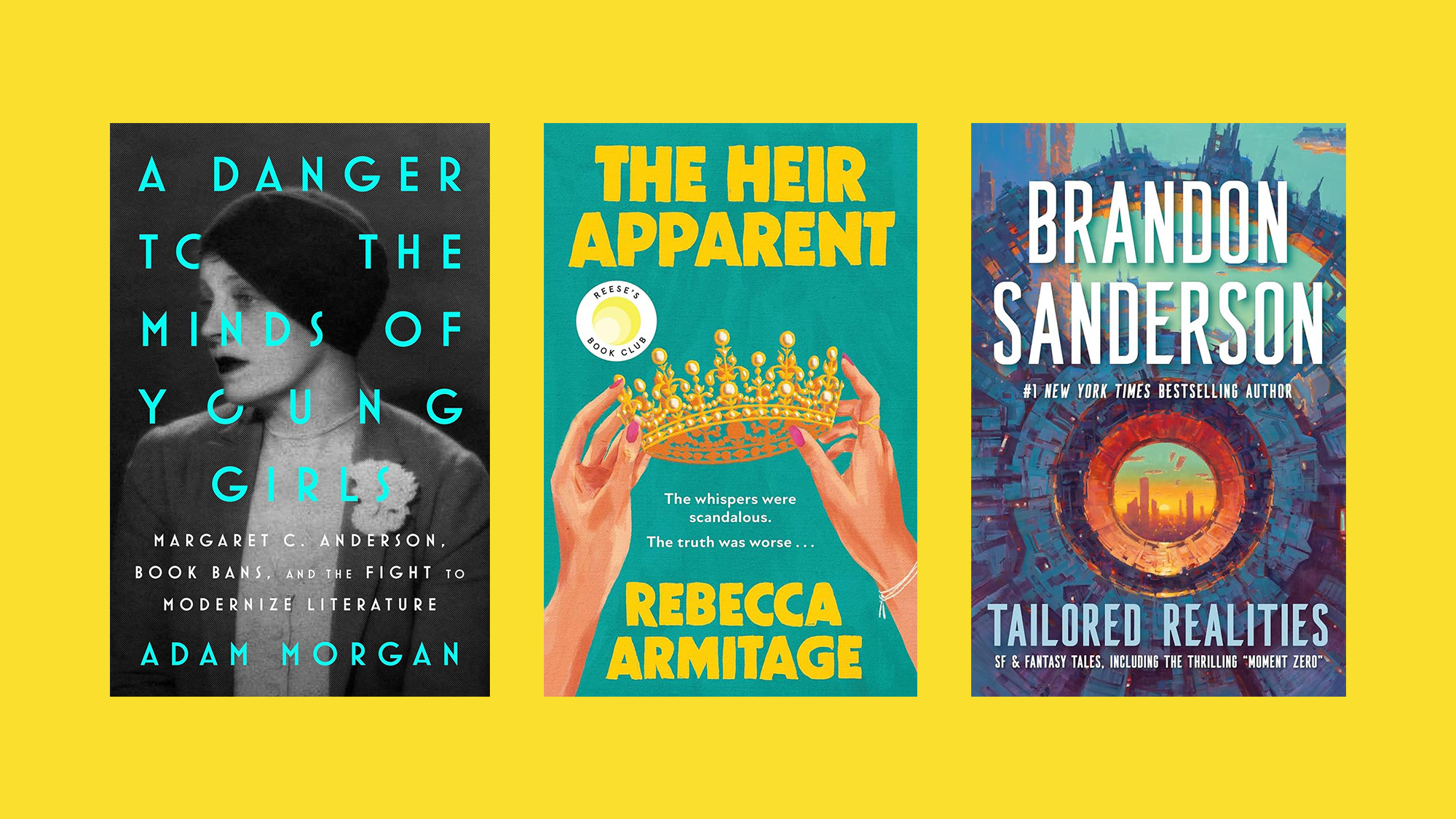Gustav Stickley and the American Arts and Crafts movement
Stickley popularized an aesthetic that valued fine craftsmanship and “unadorned natural materials.”
Dallas Museum of Art
Through May 8
In the first decades of the 20th century, America’s middle class stood up to be counted, said Gaile Robinson in the Fort Worth Star-Telegram. Gustav Stickley (1858–1942) gave them a place to sit down. As this retrospective at the DMA gamely demonstrates, the furniture-making icon capitalized on the eagerness of this rising class to find a style “differentiated from the excesses of wealth and the meagerness of poverty.” Forgoing the “overdecorated fripperies of Victorian furnishings and decor,” Stickley popularized an aesthetic, borrowed from the European Arts and Crafts movement, that valued fine craftsmanship, “unadorned natural materials,” and “a unity of design and function.” Stickley considered himself more than a mere furniture maker. In his magazine, The Craftsman, he proselytized an “entire lifestyle” of high quality that extended to architecture and interior decor. In his holistic approach, he was an early “precursor to Martha Stewart.”
The Week
Escape your echo chamber. Get the facts behind the news, plus analysis from multiple perspectives.

Sign up for The Week's Free Newsletters
From our morning news briefing to a weekly Good News Newsletter, get the best of The Week delivered directly to your inbox.
From our morning news briefing to a weekly Good News Newsletter, get the best of The Week delivered directly to your inbox.
If only he’d been as good a businessman, said Scott Cantrell in The Dallas Morning News. “Tastes in design are as fickle as in clothing,” and Stickley was overextended when demand for his “sturdy, no-nonsense” pieces cratered. By 1915, “chests, chairs, and tables that looked borrowed from a hunting lodge seemed as passé as antimacassars and hoop skirts.” Stickley ended up bankrupt, “dreaming of a rebirth that never came.” The DMA’s exhibition does an excellent job presenting Stickley as both a “modern visionary” and a “nostalgic romantic.” If there’s one quibble with the setup, it’s the missed opportunity to give Stickley’s visionary brilliance its dramatic due. “A room full of curvaceous, overstuffed, and overcarved Victorian furnishings and bric-a-brac, backed by flowery flocked wallpaper, would have done the trick.”
A free daily email with the biggest news stories of the day – and the best features from TheWeek.com
-
 ‘They’re nervous about playing the game’
‘They’re nervous about playing the game’Instant Opinion Opinion, comment and editorials of the day
-
 Will Netanyahu get a pardon?
Will Netanyahu get a pardon?Today's Big Question Opponents say yes, if he steps down
-
 December’s books feature otherworldly tales, a literary icon’s life story and an adult royal romp
December’s books feature otherworldly tales, a literary icon’s life story and an adult royal rompThe Week Recommends This month's new releases include ‘The Heir Apparent’ by Rebecca Armitage and ‘Tailored Realities’ by Brandon Sanderson